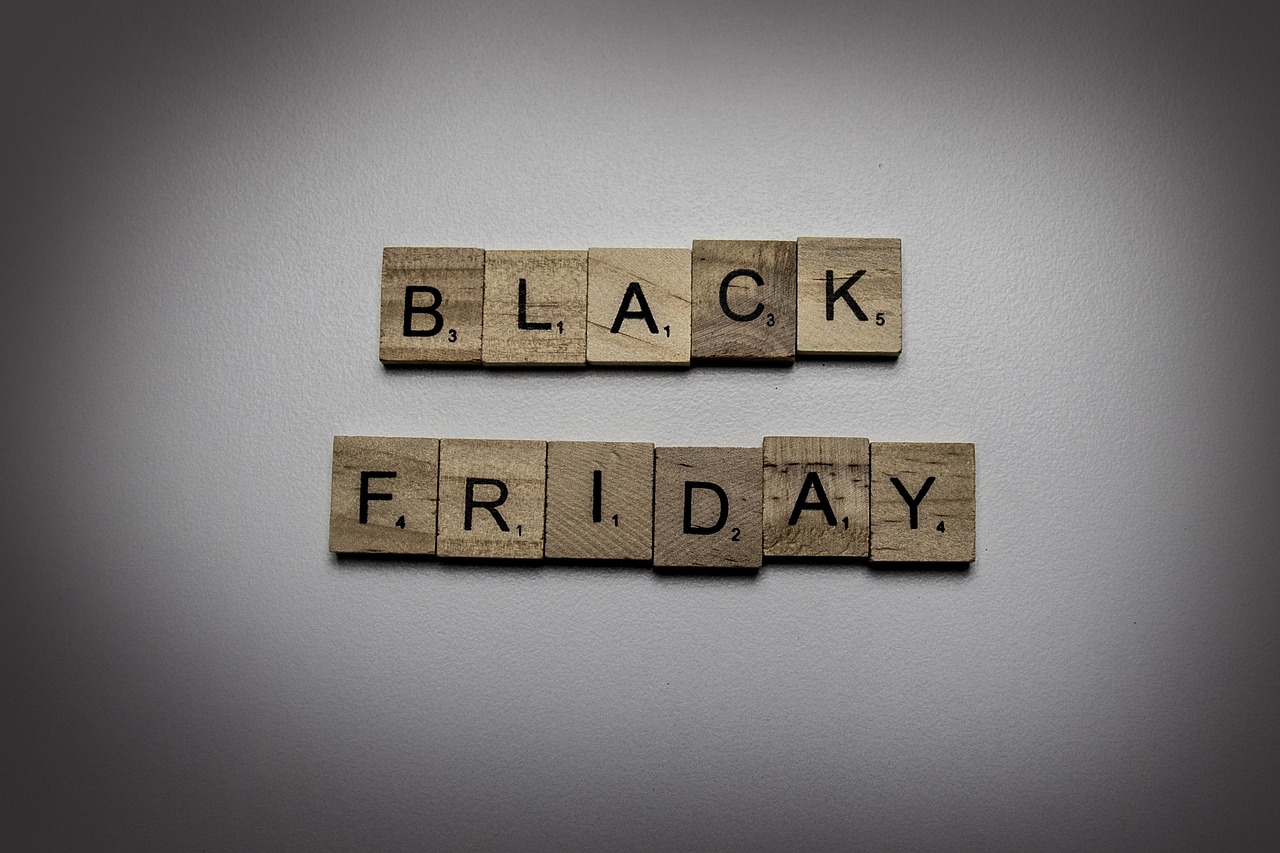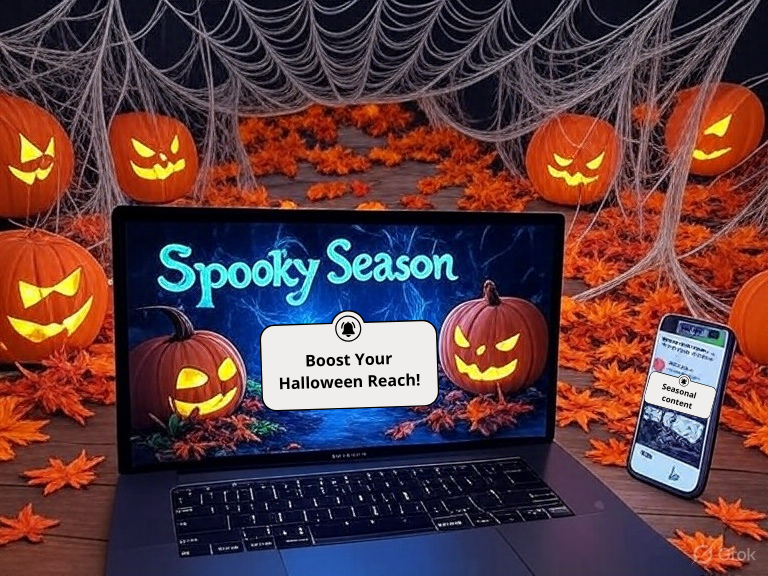5 minutes read
October 29, 2025
Black Friday & Cyber Monday: How Media Can Drive Engagement Beyond E-Commerce
Every year, as November rolls around, Black Friday and Cyber Monday dominate headlines. Flash sales, checkout frenzies, and endless “best deals” flood inboxes and timelines. But while these two days are often seen as retail goldmines, media sites, blogs, and niche publishers can also harness the seasonal buzz — not to sell products, but to drive traffic, engagement, and reader loyalty. In other words, these events aren’t just for e-commerce. They’re for anyone who publishes valuable content and understands audience timing.


Why Black Friday & Cyber Monday Matter to Media
Black Friday and Cyber Monday have evolved far beyond retail. Today, they’re part of global online behavior — readers are more active, they spend more time online, and they’re hungry for guidance, context, and entertainment around the shopping season.
This surge in activity creates a golden opportunity for media outlets:
- Traffic spikes from people searching for “best deals,” “buying guides,” or “holiday ideas.”
- Increased engagement from audiences looking for smart content rather than ads.
- Higher monetization potential, especially with ad partners running premium holiday campaigns.
Even if your site doesn’t sell products, you can still own the conversation by covering the season with creativity and relevance.
Content Ideas for Publishers and Blogs
Not every media outlet needs to publish deal lists. Instead, think about what your readers care about during this time and how you can tie it back to Black Friday and Cyber Monday in a meaningful way.
Here are some examples:
1. Tech and Gaming Sites
Write about how consumer tech trends reflect larger industry shifts — such as sustainability or changing gamer behavior. Example: “How Black Friday Reveals the Future of Console Pricing.”
2. Lifestyle and Health Blogs
Focus on well-being amidst the chaos. Example: “Mindful Shopping: How to Stay Calm During the Craziest Week of the Year.”
3. Travel Publications
Create content around holiday escapes or seasonal getaways. Example: “Black Friday Flight Deals: Are They Worth It?” or “Where Journalists Travel to Recharge After Cyber Monday.”
4. News Outlets
Provide data-driven coverage of spending behavior, local economic impact, or consumer psychology. Readers appreciate insights that cut through the noise.
5. Culture and Entertainment Media
Feature stories about how shopping culture reflects social trends — the way influencers, brands, and even memes shape the season.
By offering original, thoughtful takes, media sites can capture search traffic while maintaining editorial authenticity.

Using Push Notifications to Stay Top of Mind
During such a competitive digital season, even the most insightful articles can get buried in social feeds. That’s where web push notifications become a key advantage for publishers.
Unlike email or social media, push notifications reach readers instantly and directly on their screens — no algorithms, no spam folders.
For Black Friday and Cyber Monday, this means you can:
- Alert readers to fresh content (e.g., “Our live tracker of Black Friday media trends is now up!”).
- Send breaking news or insights as events unfold.
- Remind loyal readers about newsletters, polls, or year-end features.
Platforms like Outpush allow publishers to segment audiences by country or device, ensuring that notifications are relevant — for example, tailoring content for readers in specific markets or optimizing for mobile readers during peak browsing hours.
This approach keeps your brand present and trustworthy, without overwhelming subscribers.
Monetization Opportunities Beyond Retail
Even if you’re not running deals, holiday traffic means higher ad value. Advertisers pay premium rates during November and December, and a surge in engagement can lift RPMs (revenue per thousand impressions).
Here’s how publishers can make the most of it:
- Highlight seasonal stories — Ad networks love fresh, timely content tied to trending topics.
- Use push monetization — Sending sponsored or ad-supported push notifications (like those powered by Outpush) can generate passive revenue while keeping user experience clean.
- Collaborate with brands creatively — Feature branded content or sponsored articles that fit your audience’s interests, not just product promotions.
The key is relevance over sales. Readers come for insights — give them that, and monetization follows naturally.
Keeping the Editorial Voice Authentic
The risk for media outlets during Black Friday is losing authenticity amid the commercial noise. Readers don’t want another “top 10 deals” list if it feels like a copy-paste of every other site.
Instead, they want context and storytelling — articles that help them make sense of the cultural, emotional, or digital impact of the season.
Keep your editorial identity intact by:
- Maintaining your usual tone and topics.
- Only covering what aligns with your brand.
- Using transparency when partnerships or sponsors are involved.
Audiences reward honesty. The most successful publishers treat Black Friday and Cyber Monday not as a sales week, but as a cultural moment worth analyzing.

Extending Engagement Beyond the Weekend
Don’t let engagement end when Cyber Monday is over. Use the momentum to transition into year-end reflections, holiday guides, and predictions for 2026.
Send push notifications like:
- “🗓️ Coming Up: What This Year’s Shopping Trends Reveal About Next Year.”
- “📈 How Media Consumption Changed This Holiday Season.”
The goal is to build continuity, turning a short-lived spike into lasting audience growth.
Conclusion
Black Friday and Cyber Monday are no longer just shopping events — they’re digital cultural moments that bring massive online attention.
For media outlets and blogs, they represent a chance to own conversations, grow readership, and monetize intelligently — without selling a single product.
By using strategic storytelling, smart timing, and targeted push notifications, publishers can stay visible, credible, and connected while the rest of the internet fights for clicks.


.png)



